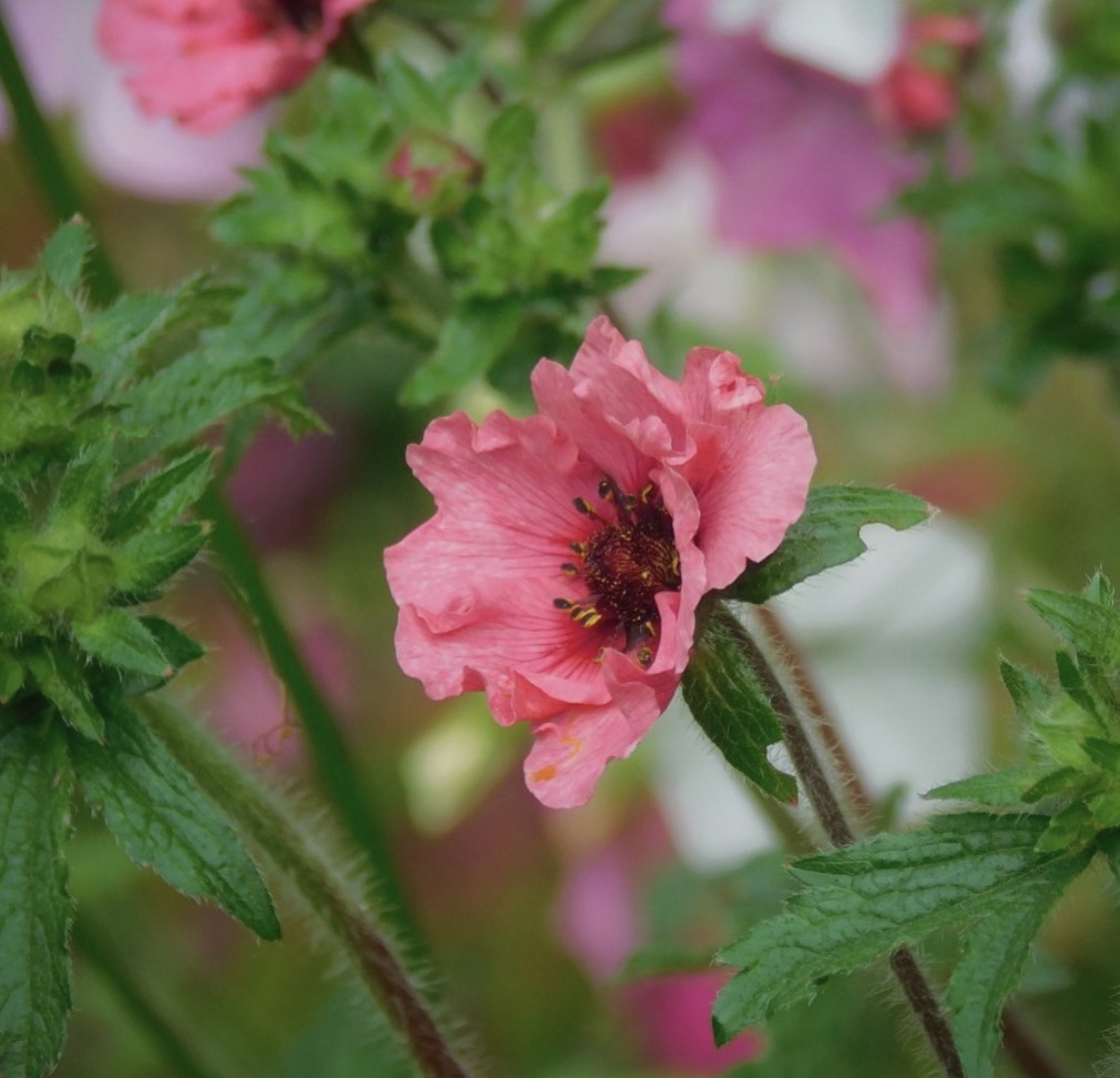Isle of Wight deliveries & Collections only

Potentilla ‘Miss Willmott’
£6.50
Out of stock
Potentilla ‘Miss Willmott’
Potentilla ‘Miss Willmott’ is a graceful, long-flowering perennial known for its pale apricot to soft primrose-yellow blooms, each with a delicate blush at the center. Carried on wiry stems above tidy mounds of green foliage, this plant brings a light, airy presence to sunny borders and gravel gardens. It’s perfect for softening edges, weaving between bolder forms, or brightening up drought-tolerant planting schemes.
Specifications:
Height: 30–40cm
Spread: 40–50cm
Flowering: May to August 🌸☀️
Position: Full sun
Soil: Free-draining; suitable for chalk, sand, or poor soils
🌿 Note for Isle of Wight planting:
‘Miss Willmott’ thrives in dry, exposed areas and performs particularly well on the island’s chalky soils. A perfect plant for low-maintenance or Mediterranean-style borders, it flowers best in full sun and needs little attention once established. Ideal for naturalising in coastal gardens or relaxed planting schemes.
🌿 Ideal Companion Plants for Potentilla ‘Miss Willmott’
1. Erigeron karvinskianus
The dainty daisies of Erigeron blend beautifully with Miss Willmott’s soft colour palette and bloom over a long season.
2. Achillea millefolium ‘Summer Fruits Lemon’
The pale yellow tones of Achillea echo Potentilla’s soft hues, creating a relaxed, harmonious scheme.
3. Salvia ‘Phyllis Fancy’
The gentle blue-lavender flowers of this Salvia provide a soothing contrast and attract pollinators into late summer.
4. Pennisetum orientale ‘Flamingo’
The airy plumes of Pennisetum add movement and texture, giving softness to the low mound-forming habit of Potentilla.
5. Nepeta ‘Six Hills Giant’
The flowing lavender-blue of Nepeta cools and complements the gentle yellow shades, perfect for informal or wildlife-friendly borders.
🌟 The Green Standard Tip:
Try planting ‘Miss Willmott’ in drifts near seating areas, gravel paths, or sunny driveways — where its soft tones and resilience shine. Deadheading prolongs flowering, but even as blooms fade, it retains a gentle, ornamental presence.
